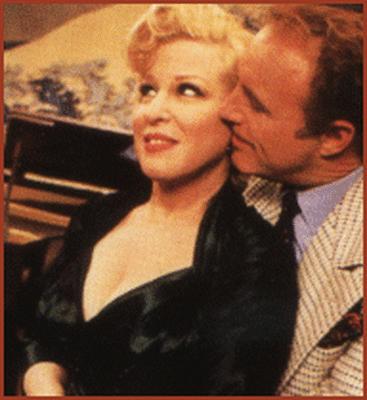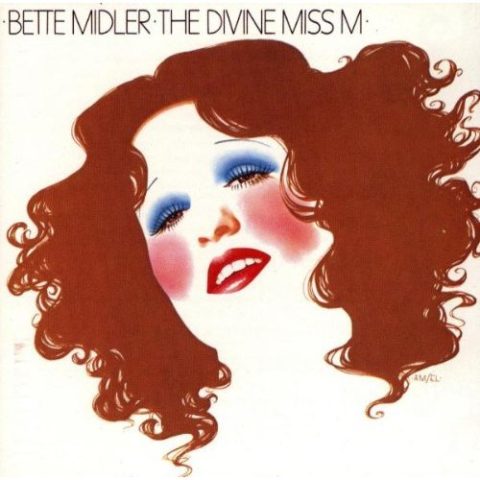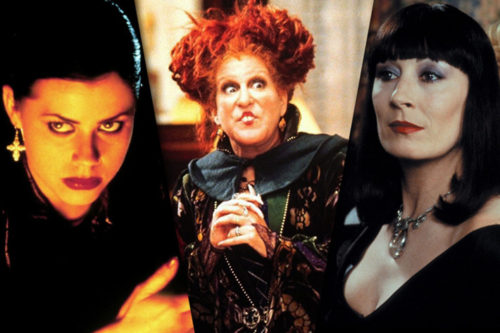IndieWire
Thompson On Hollywood
25 Years Ago I Wrote: “Hollywood’s Female Stars An Endangered Species”
April 10, 2015
This “Risky Business” column lays out the landscape of the conventional wisdom of the time–that has remained remarkably unchanged since then. I doubt some of these people would say all of these things for the record now, however.
This article was originally published by the LA Weekly and distributed by the Los Angeles Times Syndicate in May 1990. I found it while I was looking for references to Marvin Antonowsky, who was an innovative executive who brought TV marketing techniques to the studios Universal and Sony/Columbia in the 80s and 90s. He taught me a lot over the years. He died April 7 at age 86.
What’s interesting about the piece below is that there are more powerful women stars because they are now able to carry action movies, from Angelina Jolie and Sandra Bullock to Katniss Everdeen Jennifer Lawrence and Avenger Scarlett Johansson.
“I don`t fit into a high-concept idea,” Sally Field recently told NBC’s Tom Brokaw, complaining, as many other actresses have, about the dearth of decent starring roles for women in the movies. And in a business dominated by the bottom line, that could mean the extinction of the woman star.
A star, in industry terms, has a following-like Eddie Murphy or Tom Cruise–that guarantees an opening weekend, no matter how bad the reviews. Only one great woman star still does that, Barbra Streisand. And she gets paid for her labors: an estimated $6-7 million for writing, producing, directing and starring in the upcoming “Prince of Tides.” She proves that box-office longevity-not popularity in Hollywood-dictates salary clout and the ability to get projects made.
No matter how sexist Hollywood executive suites may be, money still talks. But when Streisand retires into a strictly behind-the-camera role, will there be anyone to inherit her mantle? Not the way things are going.
Back in the `30s, an average of five women were included in the exhibitors` annual poll of Top 10 moneymaking stars, from siren Greta Garbo to tough comedian Marie Dressler. In the `40s the number declined to three, including Bette Davis and Betty Grable. In the `50s and `60s, sexpots Marilyn Monroe and Kim Novak alternated with the squeaky-clean Doris Day and Julie Andrews.
Streisand held down the fort almost single-handedly through the ’70s. The next decade began auspiciously with four actresses on the 1980 list, but the 1983 poll included no women at all. Although Jane Fonda, Goldie Hawn, Dolly Parton, Sally Field, Meryl Streep and Bette Midler were all moneymakers during the ’80s, last year “The War of the Roses”‘ Michael Douglas ranked fourth out of nine men; his co-star Kathleen Turner ranked 10th-and she was the only woman listed.
The old studio system helped. When movies were the only major source of entertainment, there was room for a wide variety of genres geared to every audience segment. The studios shaped their contract players’ careers, and every star knew what role to play: glamor queen, ditzy blonde, ingenue.
Today’s actresses must be lucky enough to catch a hit in their 20s and hope their agents give them good advice through their 30s. Otherwise they’ll play girlfriends as long as their looks last and then fade from view. “Women`s careers don`t last as long as men’s,” says Interscope production executive David Madden. “`There’s a romanticism of the older male, not the female.” And American actresses are as unclear about their screen roles as American men and women seem to be about their roles in real life.
“Many women in the film industry are confused,” says agent Nancy Nigrosh. “They often don`t know what they want to express.”
With the ground constantly shifting under them, it`s no wonder many actresses are having trouble finding their identities as stars. “The nature of femininity and glamor are evolving,” says producer Carol Polakoff. “Today it’s Kim Basinger and Daryl Hannah.” Jessica Lange, Debra Winger and Michelle Pfeiffer are “smart and gorgeous,” says Polakoff, “and attract men.” But they have yet to prove their box-office muscle.
Many actresses, including Lange, downplay their funny and sexy side in favor of the “noble heroine syndrome” that has afflicted Jane Fonda, Meryl Streep, Diane Keaton, Sissy Spacek and Sally Field. Despite upbeat reviews, few people went to see “The Music Box” or “Men Don’t Leave.”
“Women rarely carry movies themselves,” Madden continues. “`They work best in a romantic vehicle with a man or in comedies.” Goldie Hawn was smart enough to know that comedy was her ace in the hole; she hit her stride with “Foul Play” and “Private Benjamin,” but stumbled with the period drama “Swing Shift” and a string of other disappointments.
The versatile Streep, recognizing that romantic comedy could save her flagging fortunes (she complained that Jack Nicholson earned twice her salary on “Ironweed” but wasn’t credited with a flop), is currently shooting her second in a row, Albert Brooks’ “Defending Your Life.” “Cheers” star Kirstie Alley, fresh off the smash comedy “Look Who’s Talking,” has leaped into the $1 million-plus salary range with the upcoming “Sibling Rivalry,” another comedy. Time will tell if Meg Ryan and Melanie Griffith are more than ingenues. And Julia Roberts is the hottest of the young stars thanks to a role as a submissive prostitute in “Pretty Woman.”
Part of the problem is that the studios don’t make movies for women anymore. “Most moviegoers are men,” says Twentieth Century Fox production executive Melissa Bachrach. “You can`t make movies just for a women’s audience anymore. There has to be broad appeal.”
“Fan club members are women who basically want to see men,” asserts marketing consultant Marvin Antonowsky. Since the `50s, when the studio system fell apart under pressure from TV, the movie audience has become smaller. The studios discovered the blockbuster, and more recently, the box-office potential of the foreign market. “Women got pushed aside,” says screenwriter Michael Mahern. “Movies today appeal to both men and women. Relatively few women go to the movies alone. It’s easier for men to be appealing to both men and women.”
The white men who write most screenplays have written more high-paying vehicles for Sylvester Stallone and Bruce Willis than for Jessica Lange and Debra Winger, who “have a fraction of their appeal,” says Polakoff. “Most people are more comfortable seeing males in jeopardy than women.”
With the exception of Sigourney Weaver in the “Alien” series, audiences have embraced few women in action roles. Tri-Star just turned down Kathleen Turner as a hard-boiled woman detective. Adds Nigrosh: “There`s a disbelief in women in aggressive roles.”
Although current releases “Blue Steel” (Jamie Lee Curtis) and “Impulse” (Theresa Russell) are trying to test the possibilities, there just doesn’t seem to be a large enough demand-from audiences-for movies about strong women. “They’re too threatening,” says Polakoff. “Im sure many women wish they could be strong-but aren’t-and hate the stars for it.”
Thus the women’s picture–especially the melodrama–has become the province of television (which boasts a much higher percentage of women writers, producers, directors and executives-and viewers-than the movie business).
Only three stars–Streisand, Midler and Cher–have maintained consistent track records; none of them is conventionally beautiful, but all have a strong sense of their identity. (And all of them sing.) Still “men have the power,” Bachrach reminds us. “And women respond to that power: to Sean Connery, Kevin Costner and Cruise.”







